Introduction
Background
In recent years, digital health interventions, particularly eHealth and mobile health (mHealth) platforms, have shown promise in promoting healthy behaviors []. eHealth refers to the use of digital technologies, such as…

In recent years, digital health interventions, particularly eHealth and mobile health (mHealth) platforms, have shown promise in promoting healthy behaviors []. eHealth refers to the use of digital technologies, such as…
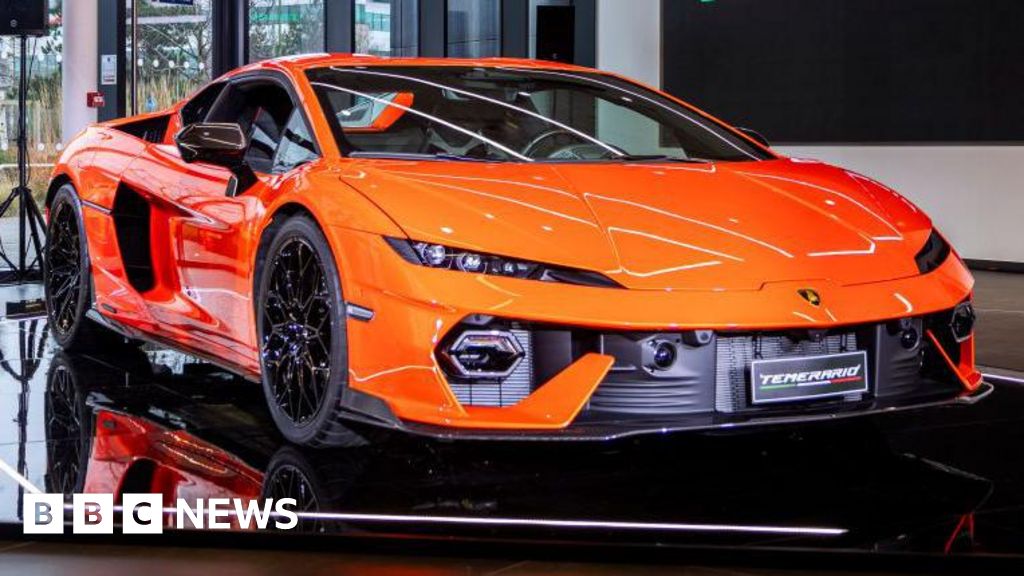
Theo LeggettInternational Business Correspondent
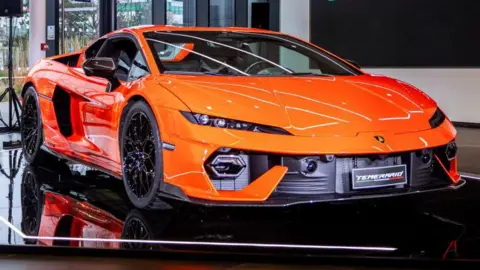 Getty
GettyThe boss of Lamborghini has said its customers still want “the sound and the emotion” of internal combustion engines, and the company will use them in its cars for at least the next decade.
Speaking to the BBC at the Italian supercar-maker’s London showroom, chief executive Stephan Winkelmann said enthusiasm for electric cars was declining – creating an opportunity to focus on hybrid power instead.
Lamborghini will decide in the next month whether a long-planned new model, the Lanzador, will be all-electric, or merely a plug-in hybrid, he said.
Mr Winkelmann insisted the business was socially responsible, but added that as a low-volume manufacturer, its actions would have a limited impact on the environment.
Lamborghini is a luxury brand ultimately owned by the Volkswagen Group. It currently has three main models.
The Temerario and Revuelto are supercars. Both are plug-in hybrids, combining powerful petrol engines with electric motors. They can run in all-electric mode, but only for very short distances.
The Urus is a luxury SUV, currently available as a plug-in hybrid and as a conventional petrol-powered car. Less exotic and certainly less ostentatious than the supercars, it nevertheless makes up more than half of the company’s sales.
There is also a limited edition ‘super-sports’ car: the Fenomeno, which has a top speed of more than 215mph. Only 30 will be built, each costing at least €3m (£2.6m) before taxes.
Two years ago, Lamborghini announced plans for an all-electric successor to the Urus, which would have been available from 2029. However, the plan was recently shelved, with the electric model now not expected before 2035.
It had also planned to make a brand new battery-powered grand tourer (GT), to be called the Lanzador. However, the future of that project is also deeply uncertain.
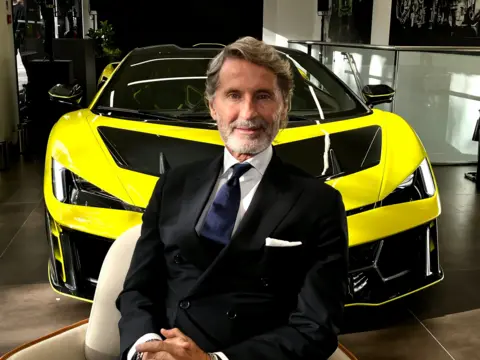
“We still need to decide whether we are going full electric, the decision we took some years ago, or seeing whether in the new environment this should also be a plug-in hybrid”, said Mr Winkelmann.
The new environment he referred to is a perceived waning of interest in electric cars among high-end buyers.
“Today enthusiasm for electric cars is going down”, he explained. “We see a huge opportunity to stay with internal combustion engines and a battery system much longer than expected”.
Continuing to use internal combustion engines for another 10 years, he said, would be “paramount for the success of the company”. Customers, he insisted, still hankered after the noise and fury of a conventional motor.
“This is something they want, they still want the sound and the emotion of an internal combustion engine”, he said.
It’s an approach that contrasts with that of Lamborghini’s Italian arch-rival Ferrari, which is pushing ahead with its own plans for a first all-electric car.
The aptly-named Elettrica is due to be unveiled next year, though the company showed off some key components at its Capital Markets Day earlier this month.
It will be sold alongside conventional and hybrid models.
Ferrari chief executive Benedetto Vigna said it would have driving traits that were “unique in the heart, in the soul of our clients.”
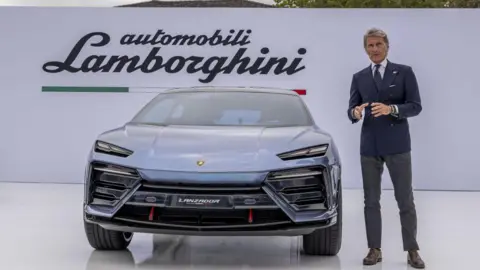 Getty Images
Getty ImagesMr Winkelmann insisted his own company was not ignoring the ongoing pressure to cut emissions.
“We are selling 10,000 cars in a world that is producing 80 million cars a year, so our impact in terms of CO2 emissions is not that important”, he said.
“For sure, we are socially responsible, but it doesn’t really make a lot of difference”.
The sale of new petrol and diesel cars, including plug-in hybrids, is due to be banned in both the the EU and the UK from 2035.
However, in the EU, there has been intense lobbying from some manufacturers for the transition to electric cars to be given more time, in order to “acknowledge current industrial and geopolitical realities”.
If that happens, internal combustion engines could remain on the market beyond the current deadline.
Meanwhile the UK’s rules provide an exemption for “low volume” manufacturers who register fewer than 2,500 new cars each year.
This would currently cover Lamborghini, which sold just 795 cars here last year.

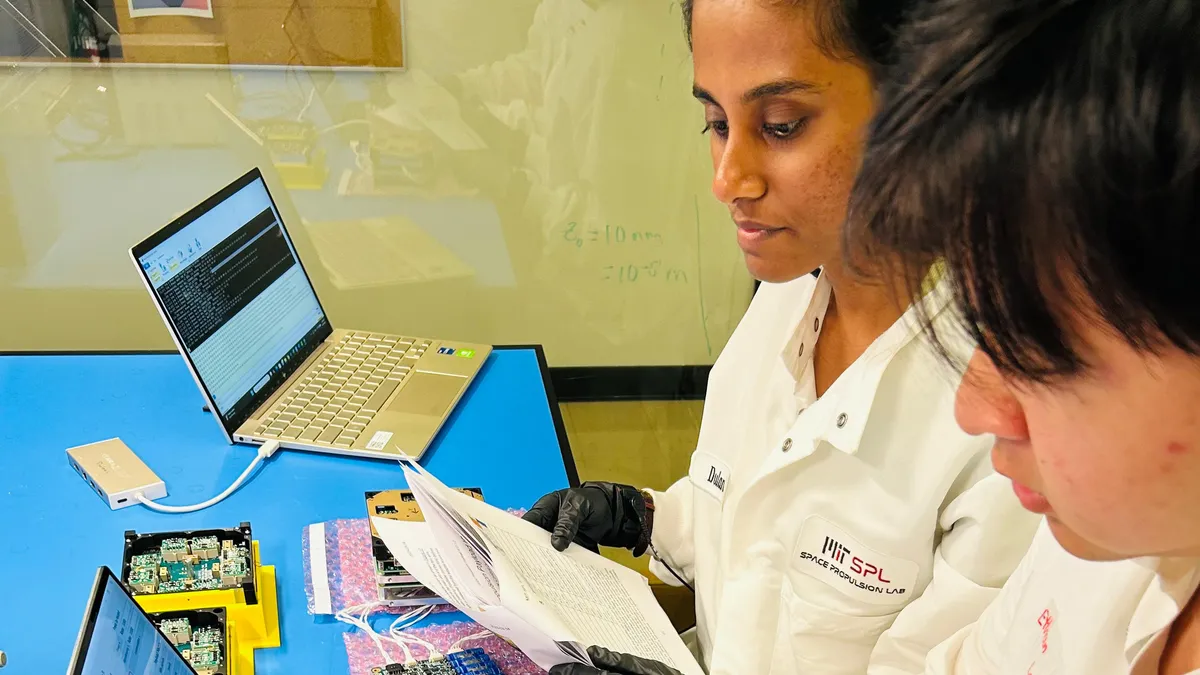
NASA’s University SmallSat Technology Partnership (USTP) initiative offers opportunities for university researchers to help shape the future of space exploration in big ways.As a feature of NASA’s larger…
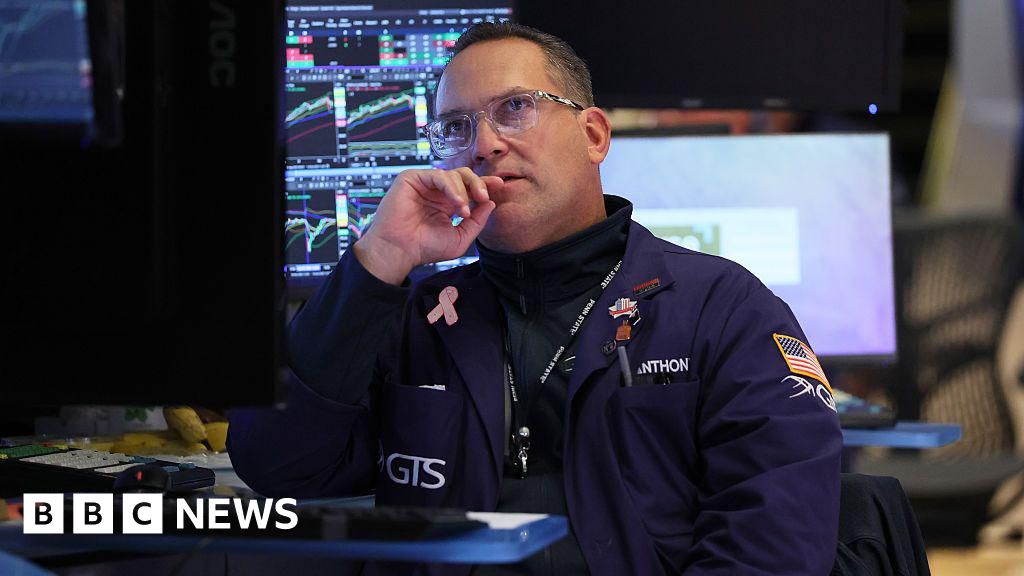
Every week it seems US financial markets are hit by another bout of fear.
The latest worries spread this week from the banking sector in the US, after two regional lenders warned they would be hit by losses from alleged fraud.
But before that, markets swooned over signs of rekindled US-China tensions, as the two superpowers face off over tariffs, advanced technology and access to rare earths.
The bankruptcies of car parts supplier First Brands and subprime car lender Tricolor acted as a trigger for nervous chatter in September.
Over the last month, US shares, which had been climbing since their tariff-induced rout in April, have flattened.
But in many ways the market swings so far – down roughly 3% at the steepest – are not unusual.
Zooming out, the major indexes have still posted gains since the start of the year, with the S&P 500 up roughly 13%. That’s smaller than 2024 but still solid.
“The market has done surprisingly well so far this year … driven by an improvement in corporate profits and the enthusiasm surrounding AI,” says Sam Stovall, chief investment strategist at CFRA Research.
The resilience of the stock market is, ironically, exactly what is driving some of the jitters.
Put simply, when set against other standard metrics like profits, share prices in the US are very high.
Meanwhile, concerns about a possible bubble emerging in the artificial intelligence (AI) industry have generated a steady undercurrent of talk since the start of the year – discussions that have ramped up as analysts struggle to see how the vast sums of money the biggest players are throwing at one another all fit together.
The Bank of England warned recently of “stretched valuations” and rising risk of a “sharp market correction”.
Those concerns were echoed in remarks from JP Morgan Chase boss Jamie Dimon and to some extent US central bank chair Jerome Powell.
The International Monetary Fund was the latest to chime in this week.
“Markets appear complacent as the ground shifts,” it said in its financial stability report, which noted risks from trade tensions, geopolitical uncertainty and rising sovereign indebtedness.
James Reilley, senior markets economist at Capital Economics, said the market falls triggered by the regional banks were a sign of investors alert to risk and moving quickly to reduce exposure amid uncertainty about whether the losses were indicative of wider issues.
But he said the brief nature of the drops showed how quickly such worries could clear.
Many investors remain optimistic, with analysts at firms such as Goldman Sachs and Wells Fargo in recent weeks boosting their forecasts for where the S&P 500 might climb by the end of the year.
David Lefkowitz, head of US equities at UBS Global Wealth Management, said he thought a sharp sell-off was unlikely at a time when growth in the US remains solid and the US central bank is lowering borrowing costs.
He is expecting the S&P 500 to end the year hovering around 6,900 points, about 4% higher than where it sits on Friday.
While he acknowledged the troubles popping up at banks, he noted that the lenders involved have alleged fraud.
He said the overall picture, when looking at default levels, appears healthy, and he saw little risk that demand for AI would suddenly decline, puncturing valuations.
“I’m not saying we’re in a bubble. I’m not saying we’re not in a bubble. The question is what’s going to drive the downside,” he said. “Things don’t usually spontaneously decline.”
A typical bull market – when shares are rising – lasts about four and a half years, said Mr Stovall.
With inflation still sticky, and investors wary of events in Washington, like the government shutdown and Trump administration’s efforts to influence the US central bank, this year’s market rally has been “unloved”, said Mr Stovall.
On the other hand, he noted: “It’s just a matter of time. Corrections and bear markets have not been repealed. They might simply be delayed.”

Science and maintenance work continued this week aboard the International Space Station (ISS), but updates regarding those activities are still all but halted by the U.S. government shutdown. Japanese astronaut Kimiya Yui’s social media posts…
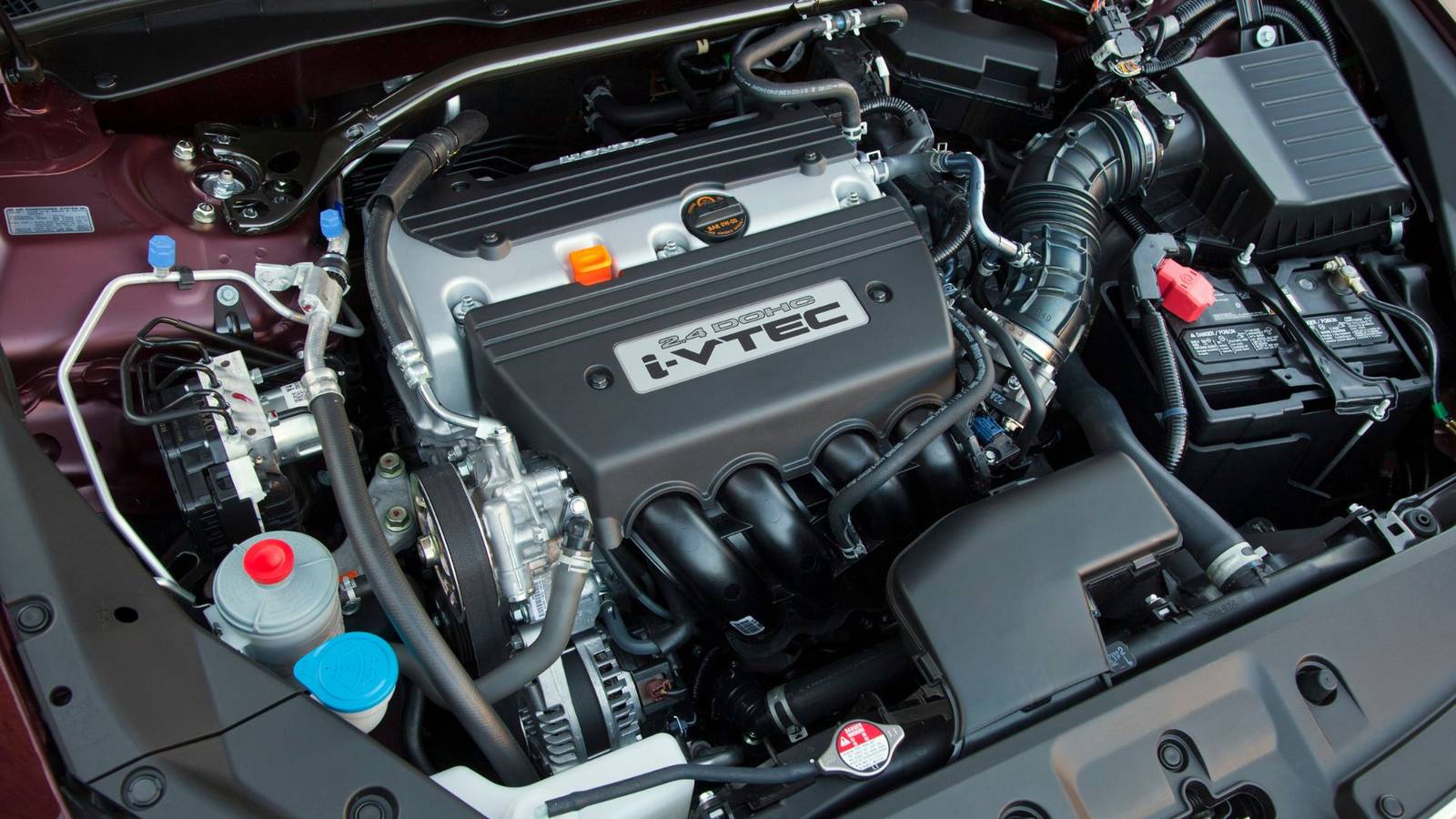
Japan is the land of iconic engines. This small island across the Pacific has given us infinitely reliable yet tunable motors that can push well beyond their factory figures, or even shrug at the sight of an aftermarket turbocharger….
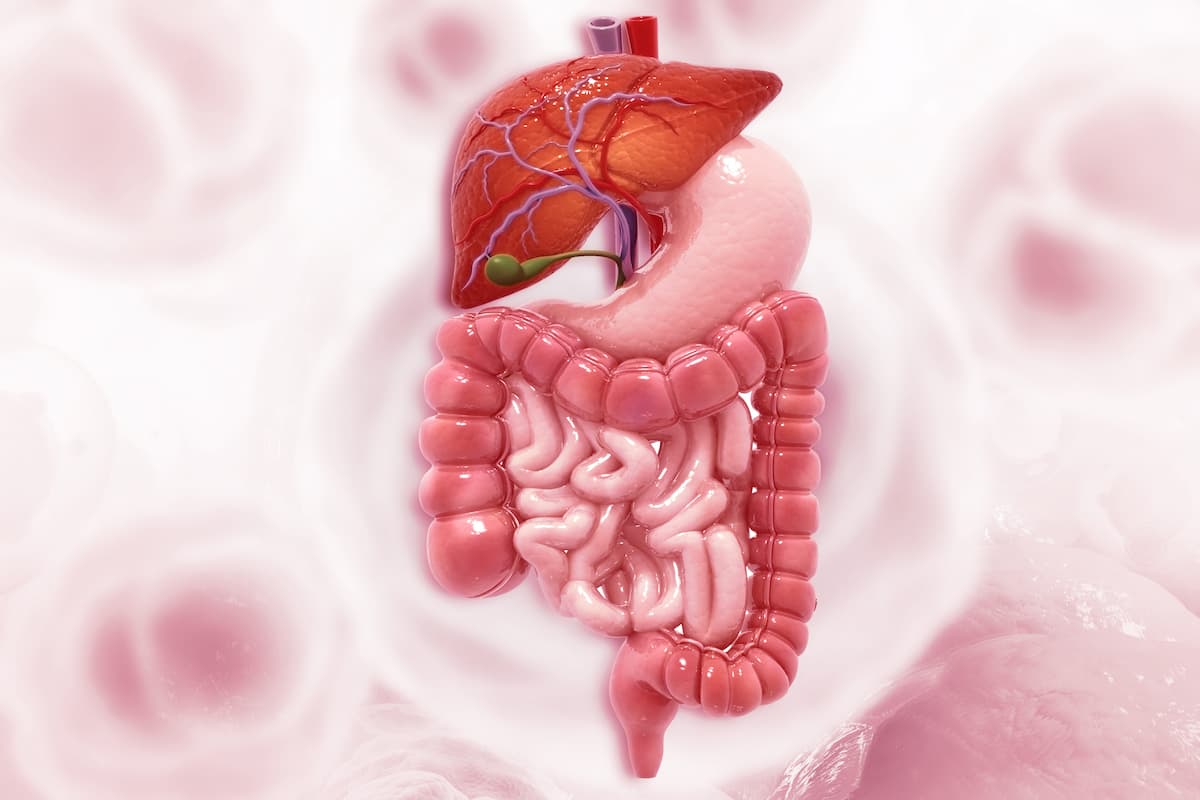
Regorafenib (Stivarga) plus nivolumab (Opdivo) displayed noninferior survival and a numerically higher response rate and disease control rate (DCR) compared with chemotherapy for patients with previously treated, refractory, advanced gastric or gastroesophageal junction (GEJ) cancer, according to findings from the phase 3 INTEGRATE IIb (NCT04879368) presented at the
Among patients in the intent-to-treatment population in the regorafenib arm (n = 309) vs the chemotherapy arm (n = 153), the median overall survival (OS) was 5.9 months vs 6.3 months (HR, 0.88; 95% CI, 0.71-1.09; P = .23). Additionally, the median progression-free survival (PFS) in the respective arms was 1.9 months (95% CI, 1.8-2.0) vs 1.9 months (95% CI, 1.8-2.0; HR, 0.85; 95% CI, 0.69-1.05).
Furthermore, a numerically higher objective response rate (ORR) was observed among patients treated with regorafenib plus nivolumab vs chemotherapy, with respective rates of 7.4% vs 2.6% (OR, 2.99; 95% CI, 1.00-12.11). The DCR in the regorafenib and chemotherapy arms was 39% vs 26% (OR, 1.84; 95% CI, 1.18-2.90), with 12-month DCR rates of 14% (95% CI, 8.5%-21%) vs 0% (95% CI, not estimable [NE]), respectively.
Global quality of life (QOL) was numerically improved with regorafenib, with 12-month deterioration-free rates of 3.9% (95% CI, 2.1%-6.5%) vs 0.7% (95% CI, <0.1%-3.5%) with chemotherapy (HR, 0.74; 95% CI, 0.60-0.91). Additionally, the physical functioning QOL scores exhibited similar values, with event-free rates of 3.9% (95% CI, 2.1%-6.5%) and 0.7% (95% CI, <0.1%-3.5%), respectively (HR, 0.86; 95% CI, 0.70-1.05).
“[Regorafenib plus nivolumab] was not superior to investigator’s choice of chemotherapy in third- or later-line treatment,” presenting investigator, David Goldstein, MBBS, FRACP, PRCP, conjoint clinical professor and senior staff specialist in the Department of Medical Oncology at Prince of Wales Hospital in Syndey, Australia, stated in the presentation. “We note that secondary end points of ORR and DCR were numerically higher in the [experimental] arm, without any adverse impact on global QOL and a prolonged 12-month time to deterioration in the regorafenib/nivolumab arm.”
In the phase 3 AGITG intergroup study, patients with unresectable locally advanced, metastatic, or recurrent gastric or GEJ adenocarcinoma who previously received at least 2 prior lines of chemotherapy—including a platinum-containing agent and fluoropyrimidine —were randomly assigned 2:1 to receive the regorafenib/nivolumab regimen or chemotherapy. Those eligible for enrollment also must have had an ECOG performance status of 0 or 1, and those with HER2-positive disease must have received trastuzumab (Herceptin).
Treatment in the investigational arm consisted of 90 mg of daily oral regorafenib on days 1 to 21 of each 28-day cycle and intravenous nivolumab at 240 mg on day 1 of each 14-day cycle for 2 months of treatment, followed by 480 mg of intravenous nivolumab on day 1 of 28-day cycles. The chemotherapy regimen used was determined by the investigator’s choice and consisted of taxane-based chemotherapy (25%), irinotecan (25%), or trifluridine/tipiracil (Lonsurf; 49%). In both arms, treatment continued in the absence of disease progression or unacceptable toxicity.
In the investigational and control arms, 48% in each arm were treated in Asia, 73% vs 75% were male, and the median age was 63 years (range, 22-85) vs 63 years (range, 24-83). Most patients were previously treated with VEGF inhibitors (61% vs 59%), had an ECOG performance status of 1 (57% vs 55%), and had gastric disease (63% vs 59%). A total of 33% vs 33% received prior immunotherapy, 44% vs 44% received more than 2 prior lines of therapy, and 50% vs 48% had more than 2 metastatic sites of disease.
The primary end point of the study was OS. Secondary end points included PFS, ORR, DCR, QOL, and safety.
Any-grade adverse effects (AEs) were observed in 98% of the regorafenib/nivolumab arm vs 92% of the chemotherapy arm; 58% vs 38%, 8% vs 10%, and 4% vs 1% experienced grade 3, 4, and 5 AEs, respectively. The frequency of serious AEs (SAEs) in either arm was 41% vs 25%. However, Goldstein noted that an expedited reporting for SAEs was not required in the chemotherapy arm, and an imbalance in the reporting of these events was expected.
The most common grade 3 or higher AEs in the investigational and control arms included neutrophil count decreases (3% vs 18%), anemia (6% vs 9%), fatigue (6% vs 4%), nausea (1% vs 7%), aspartate aminotransferase increases (5% vs 3%), and platelet count decreases (6% vs 2%).
Goldstein D, Sjoquist K, Espinosa D, et al. Regorafenib plus nivolumab vs investigator’s choice of chemotherapy in previously treated gastric or gastroesophageal cancer: INTEGRATE IIb, a randomized phase 3 AGITG Intergroup [NHMRC-CTC/IKF/AIO, ACCRU, TCOG/NHRI] study. Presented at the European Society for Medical Oncology (ESMO) Congress 2025; October 17-21, 2025; Berlin, Germany. Abstract LBA80.
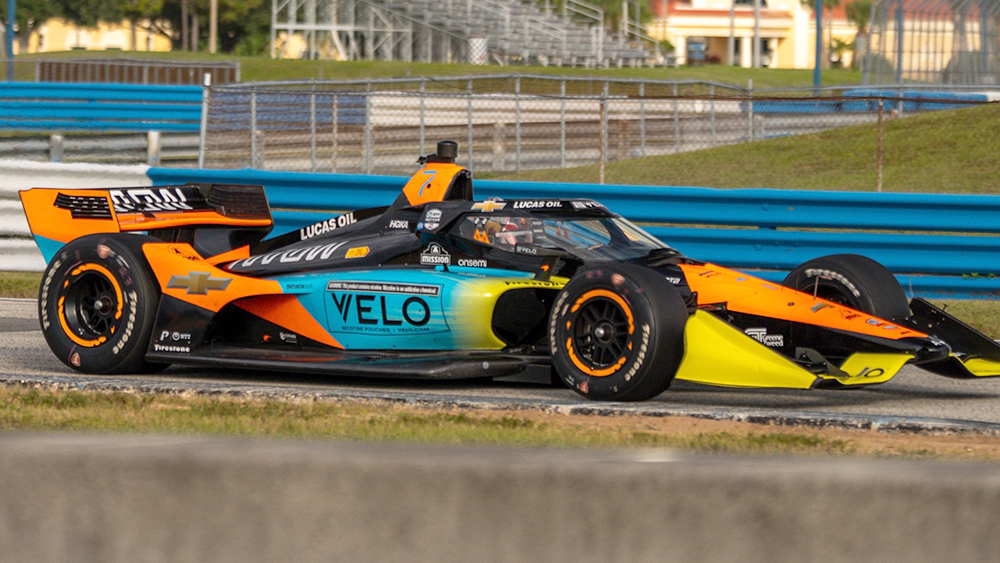
Enzo Fittipaldi strapped into NTT INDYCAR SERIES machinery for just the third time in his career Wednesday, Oct. 14.
He completed a full day of testing in the No. 7 Arrow McLaren Chevrolet during a private session at Sebring…